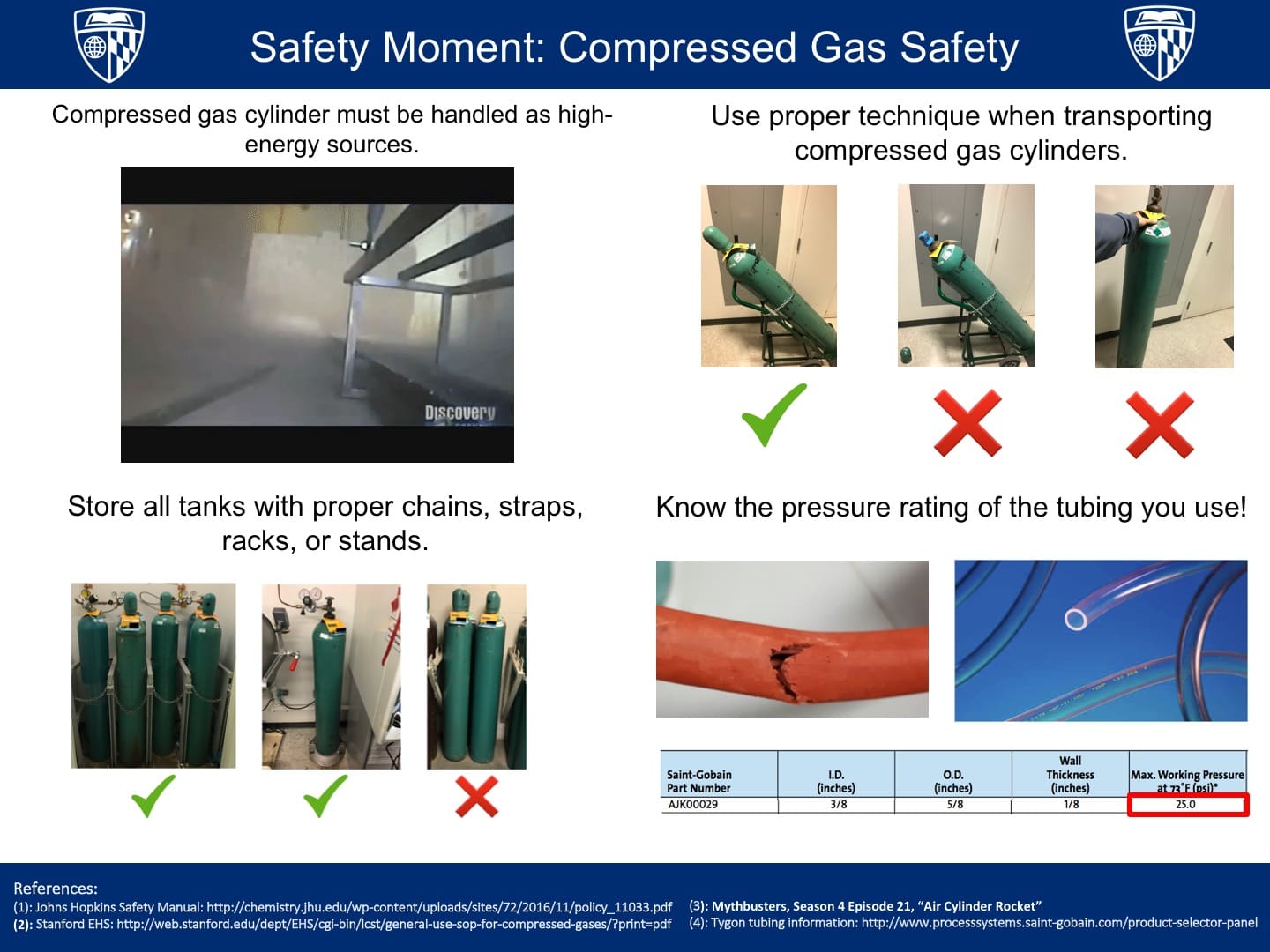
However, from trampoline injuries to mold contamination, these fun items also come with hidden dangers. When it's hot out, there's nothing more fun than playing with summer toys.
Safety moments how to#
Make sure everyone understands the rules about people coming to the door, how to answer the phone, and other considerations. Plan for healthy meals and snacks and limit access to low-quality foods when you are away. It's not an acute danger, but eating poorly can affect your child's overall health. Post cell phone numbers and fire escape plans in easy-access locations and practice various scenarios regularly. Make sure kids have a plan for emergencies.Learn about basic internet safety and how to protect your child when you aren't home.With huge blocks of uninterrupted time, kids who are left to their own devices may spend too much time on the computer, tablet, or phone or in front of the TV, which can be harmful to their health. However, it's important to plan carefully to avoid hidden dangers, notes CWIG. Your child can have a happy, healthy summer at home. Depending on your state, it can be quite common for children to be left home without supervision, according to Child Welfare Information Gateway (CWIG). Adults may be working all day, and older kids may prefer the freedom of being home to a summer camp or daycare program. Summer vacation is a time that many children stay home alone. If you don't have air conditioning, keep clothing light and use fans to cool rooms. Monitor your body closely for signs you may be too hot, such as headaches, dizziness, confusion, and dry mouth.This pink rash looks like tiny pimples and indicates someone has spent too much time in the heat, according to OSHA. Don't let the weather fool you into thinking the heat isn't a danger. Know you can become overheated on cloudy days just as easily as on sunny ones.While drinking plenty of water and avoiding the hottest periods of the day can help a lot, it's also a good plan to consider the following tips. Teaching summer heat safety tips can help prevent heatstroke and dehydration during fun activities or outside work.

The Occupational Safety & Health Administration (OSHA) provides warnings about several heat-related illnesses like heat stroke, heat exhaustion, and heat rash. Lessons from these incidents pinpoint where primary care services in France can focus resources to design safer systems for patients.ĬOVID-19 Patient safety incident lockdown primary care.The sun can also cause people to overheat, particularly on long, hot summer days. Patients delayed attending or did not consult their general practitioner or other healthcare providers due to their fear of contracting COVID-19 infection at an in-person visit in 26 (10%) incidents or fear of burdening their GPs in eight (3%) incidents.Ĭonstraints from the first wave of the COVID-19 pandemic have contributed to patient safety incidents during non-COVID-19 care. Home confinement-related incidents accounted for 13 (10%) reports and inappropriate medication stopping for five (4%). Cancellations of appointments, hospitalisations or procedures was reported in 22 (17%) of these incidents. Of 132 incidents, 58 (44%) related to delayed diagnosis, assessments and referrals. Analysis involved data coding, processing, iterative generation of data summaries using descriptive statistical analysis.


Reports were coded using a classification system aligned to the WHO International Classification for Patient Safety (incident types, contributing factors, incident outcomes and severity of harm). We explored the type and nature of patient safety incidents in French primary care settings during the COVID-19 first wave to make tentative recommendations for improvement.Ī national patient safety incident reporting survey was distributed to General Practitioners (GPs) in France on 28 April 2020. Patients are already at significant risk of healthcare-associated harm and the wholesale disruption to service delivery during the pandemic stood to heighten those risks.

The COVID-19 pandemic has resulted in the rapid reorganisation of health and social care services.


 0 kommentar(er)
0 kommentar(er)
